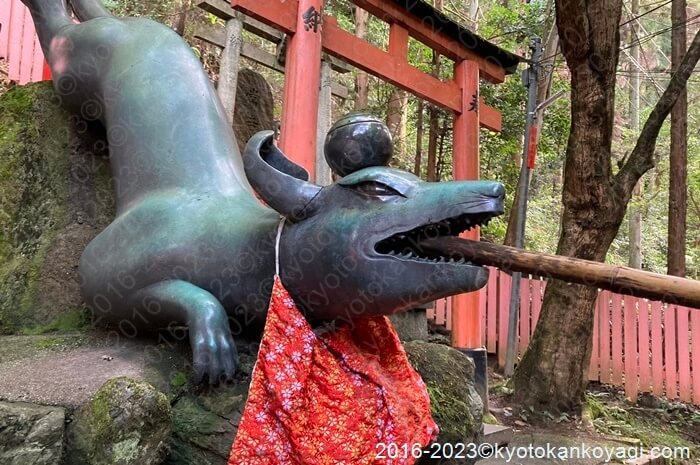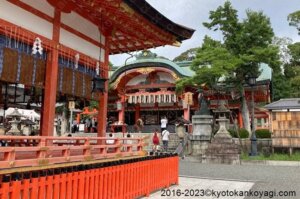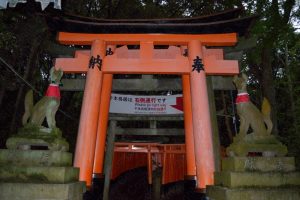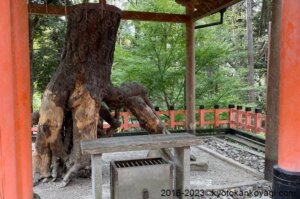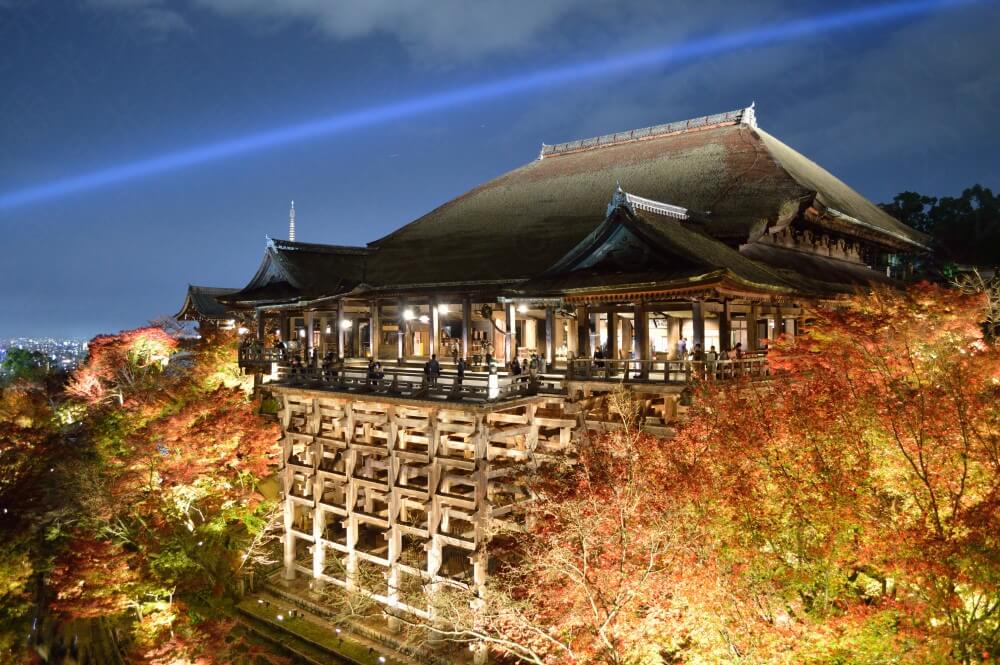THE GIST OF THIS ARTICLE
- Page 1 Introduction, Main hall, Oku no Miya
- Page 2 Mitsu Tsuji crossing, Kumataka Sha, Yotsutsuji crossing, Osugi Sha, Ganriki Sha
- Page 3 Gozen Dani Houhaijo, Yakuriki Sha, Mitsurugi Sha
- Page 4 Ich no Mine, Ni no Mine, Kada Sha, San no Mine, Araki Shrine, Sanba Inari
- Page 5 About Fushimi Inari, Access
The following is the contents of this article.
Introduction
Fushimi Inari Taisha is located in the foot of Mt. Inari. Described in the previous post, it is started as Kannabi (Faith in a montain). In Fushimi Inari hike, known as “Oyama Meguri” in Japanese, we visit the sacred mountain to find what Japanese people believed through thousands of years. I’ll guide you to this fascinating experience. 合掌

Previous post

Overview 概説
We visit three peaks where deities is. In English, you can say “conquer Mt. smth” but we never say that in Japanese due to our attitude toward nature.
Oyama Meguri is:
- About 2.5 miles
- About 2 hours
- Free

In summer, have water, insect repellent and anti-itch bug bite cream or something. Without them, you would be in 修羅場(toughest situation).

There are small stores and restaurants in the mountain. Drinks and foods are available but medicines are NOT.
The main hall 御本殿
This is a Troii gate, the entrance of Fusimi Inari Taisha. The gate tells a sacred and secular world.
Behind it, the Romon gate and the main hall where five deities are enshrined.
Behind the main hall, a tunnel of Torii gate starts. This is a prelude to Oyama Meguri.
Okusya Houhai Jyo 奥社奉拝所
Okusya/ Okunomiya 奥社/奥宮
After Senbon Torii, we’ll be in front of Okusha/ Oku no Miya. To the left, there is a path with many Toriis.
Neagari-san 根上がりさん
In minutes, we’ll find a pine tree. It is Neagari-san popular among investors.

